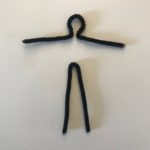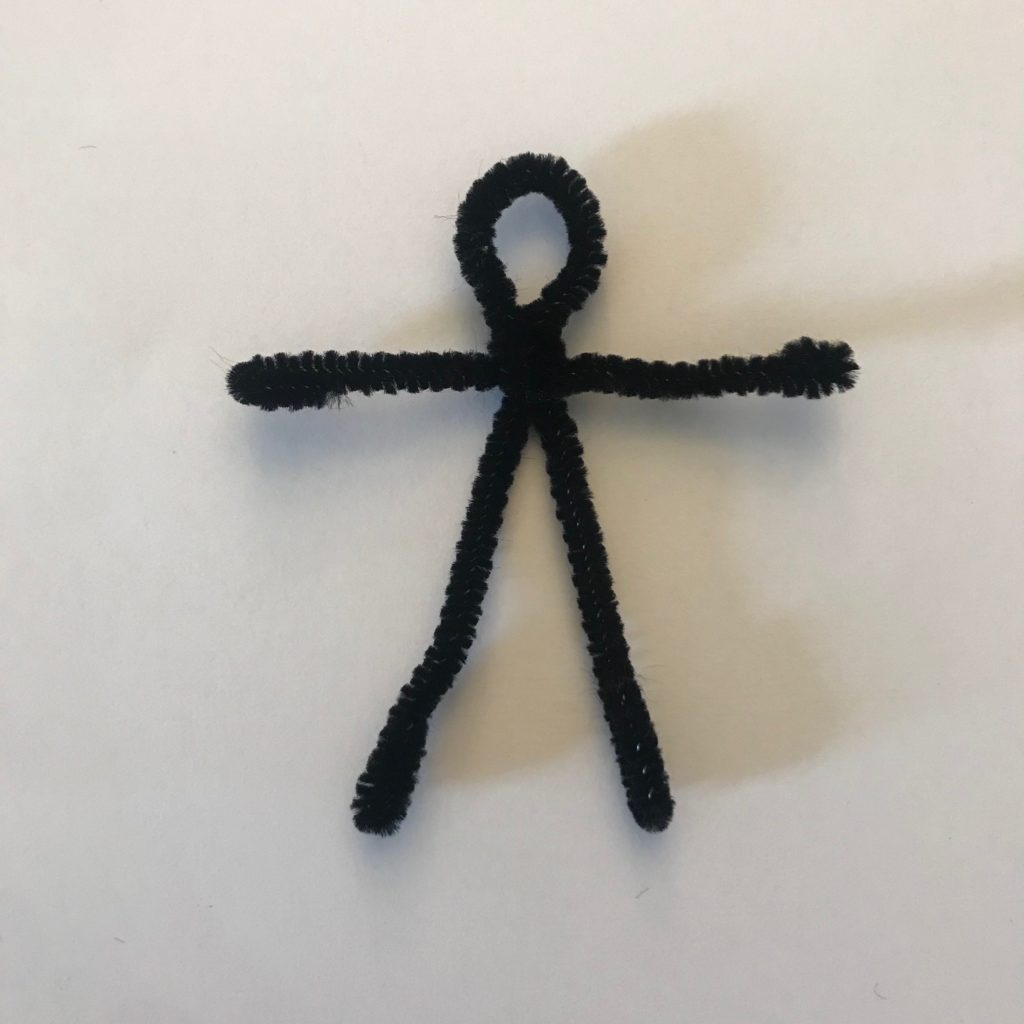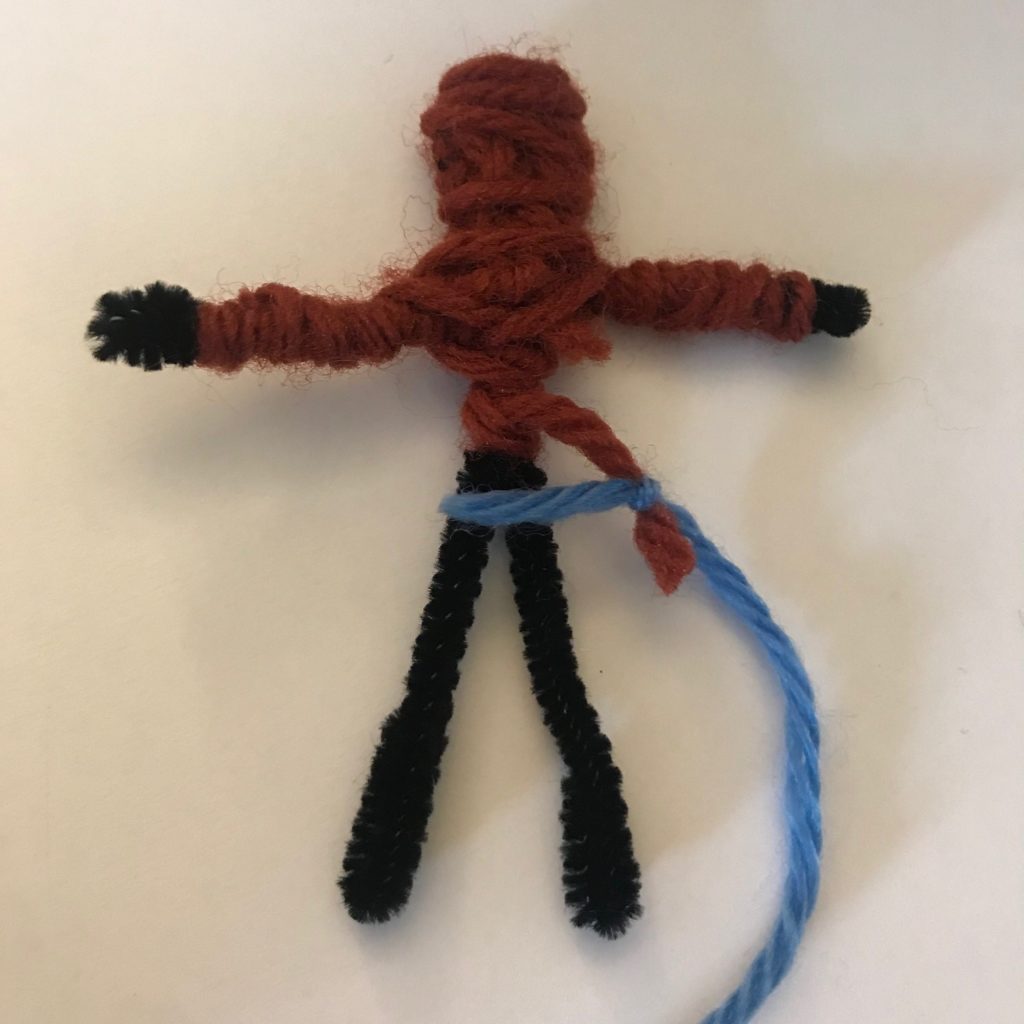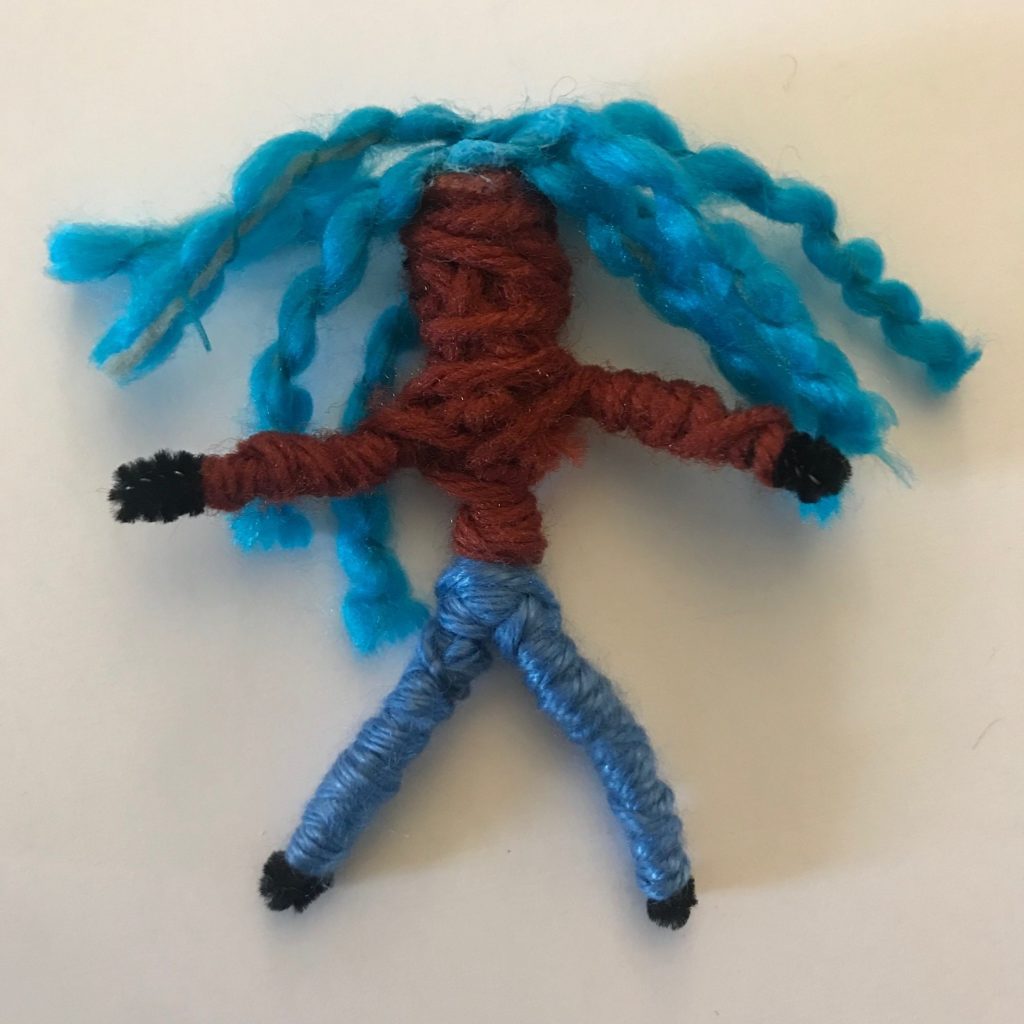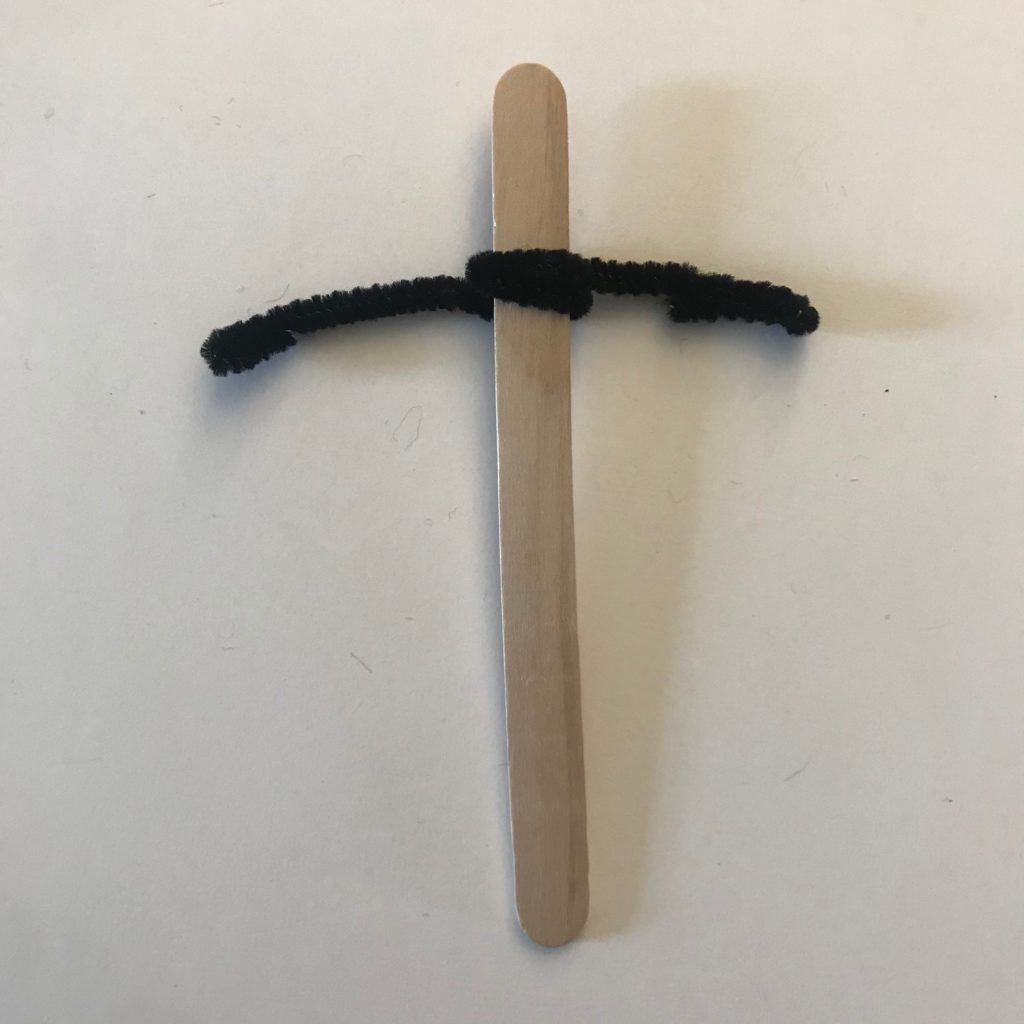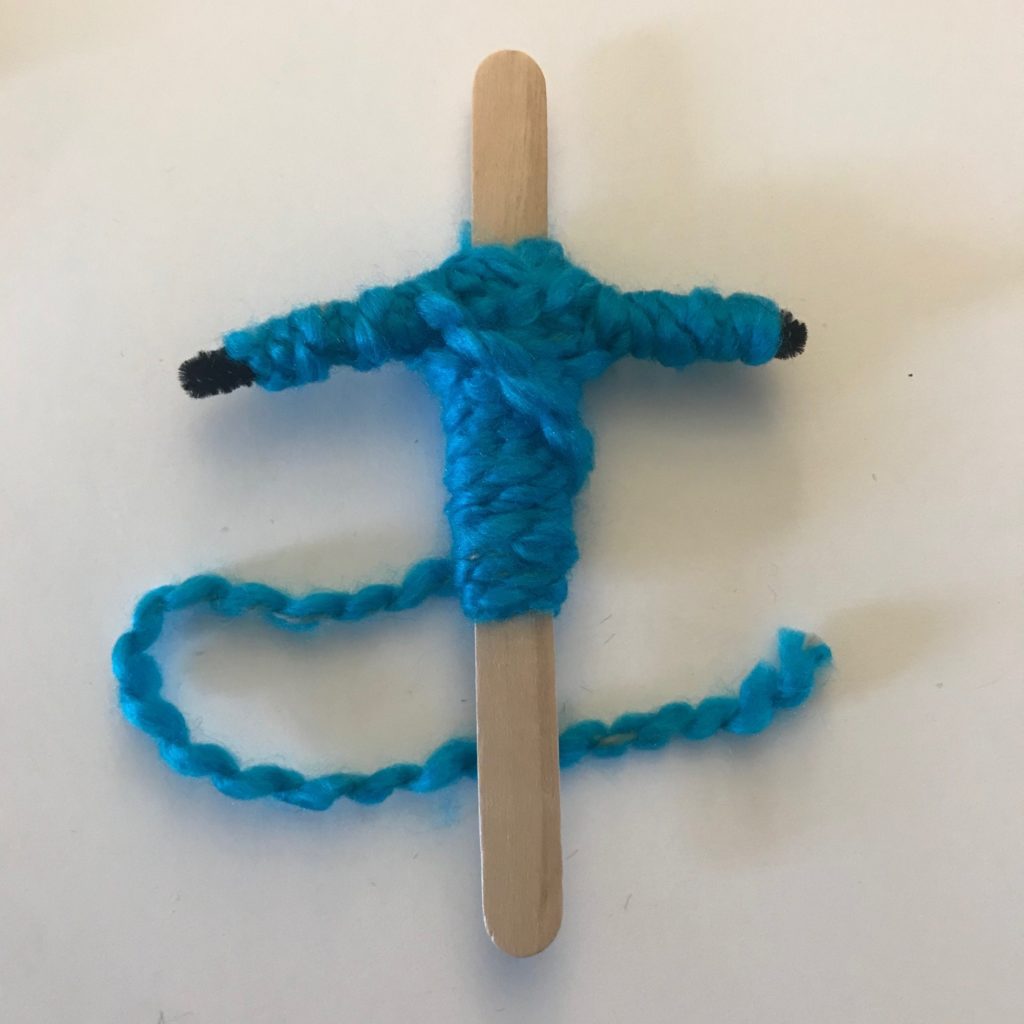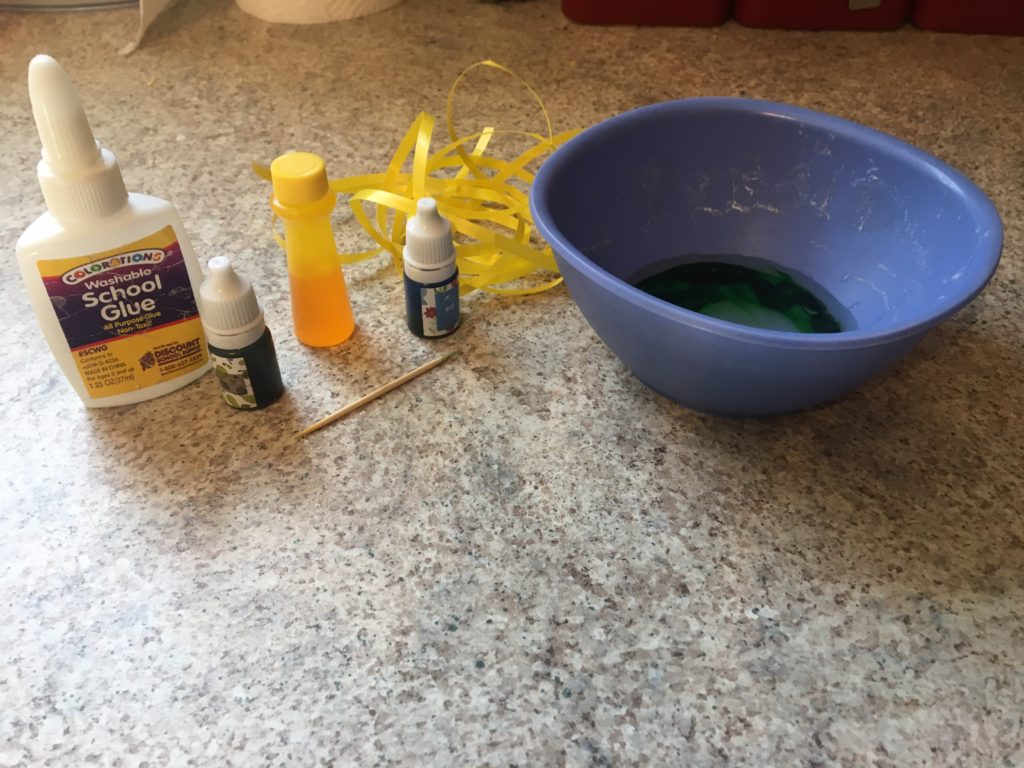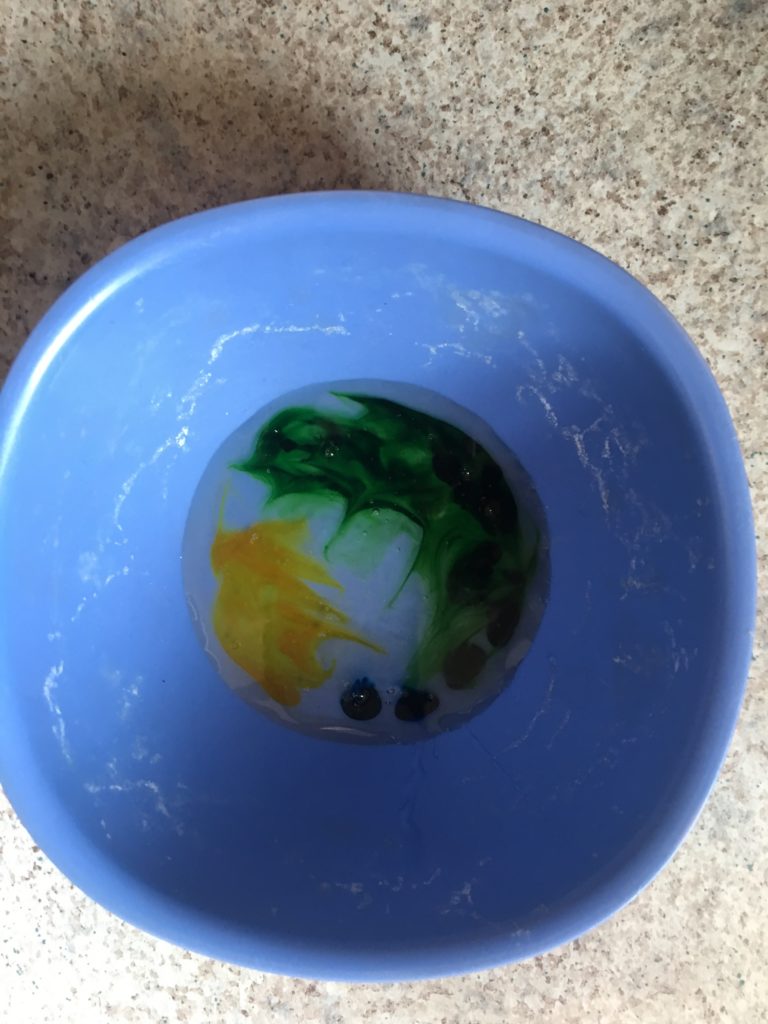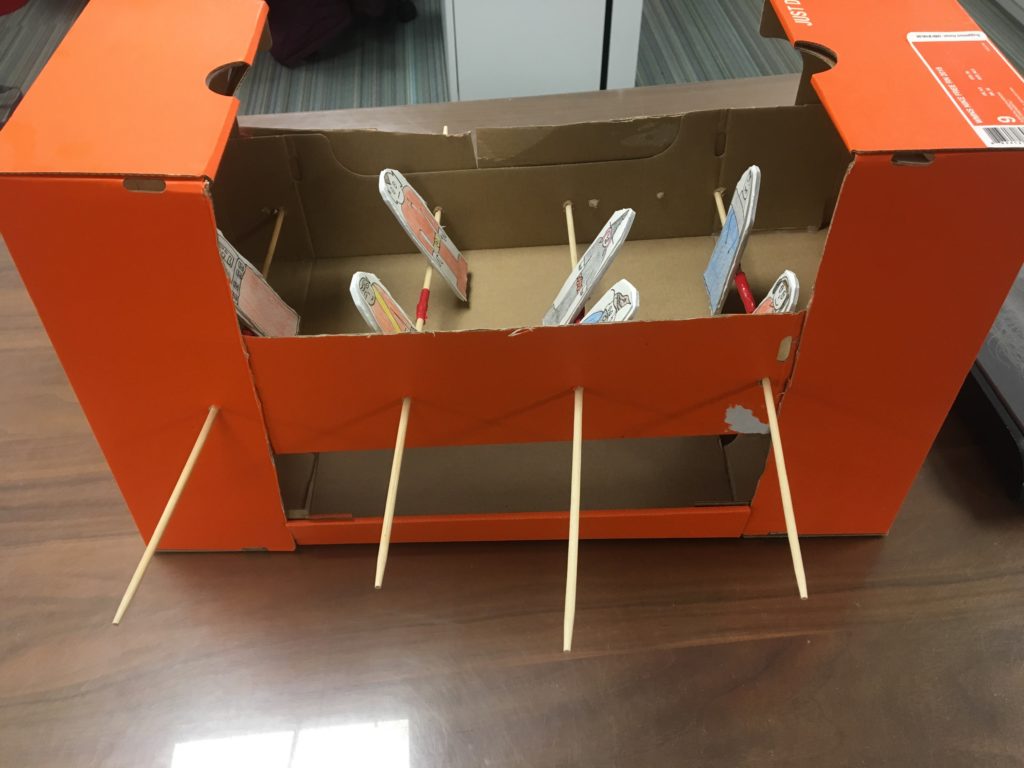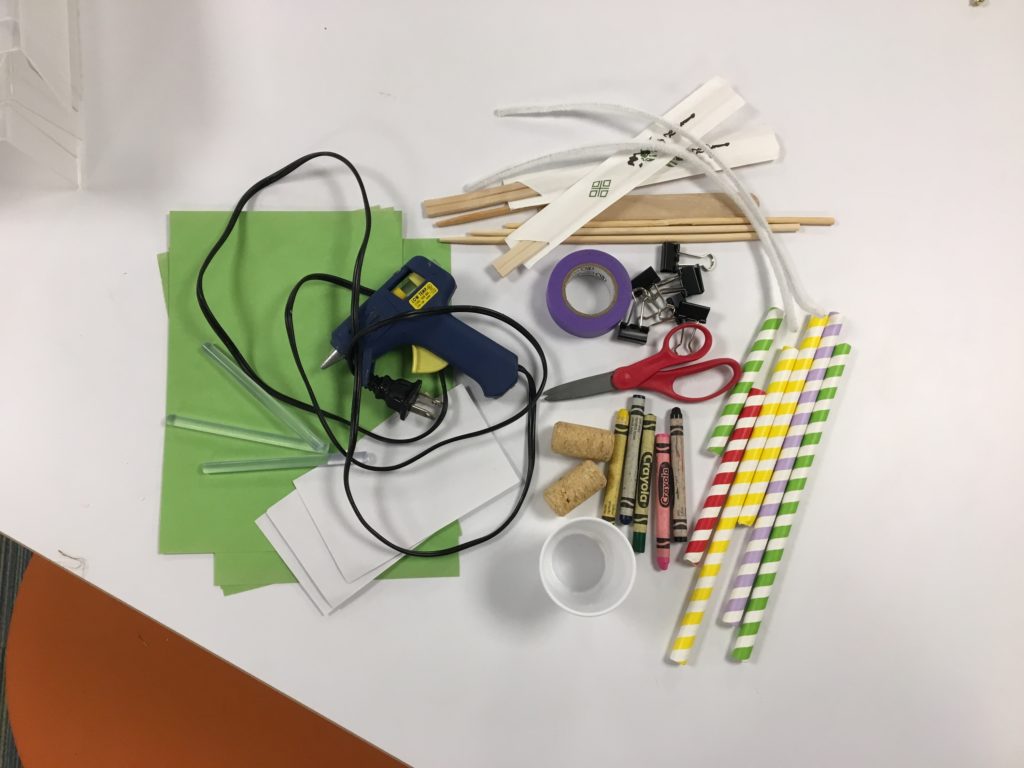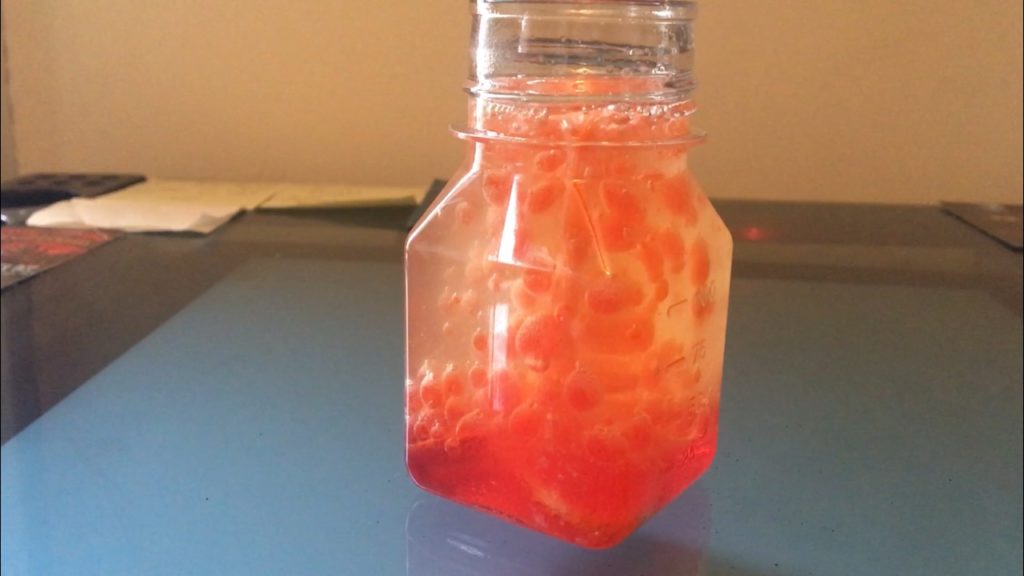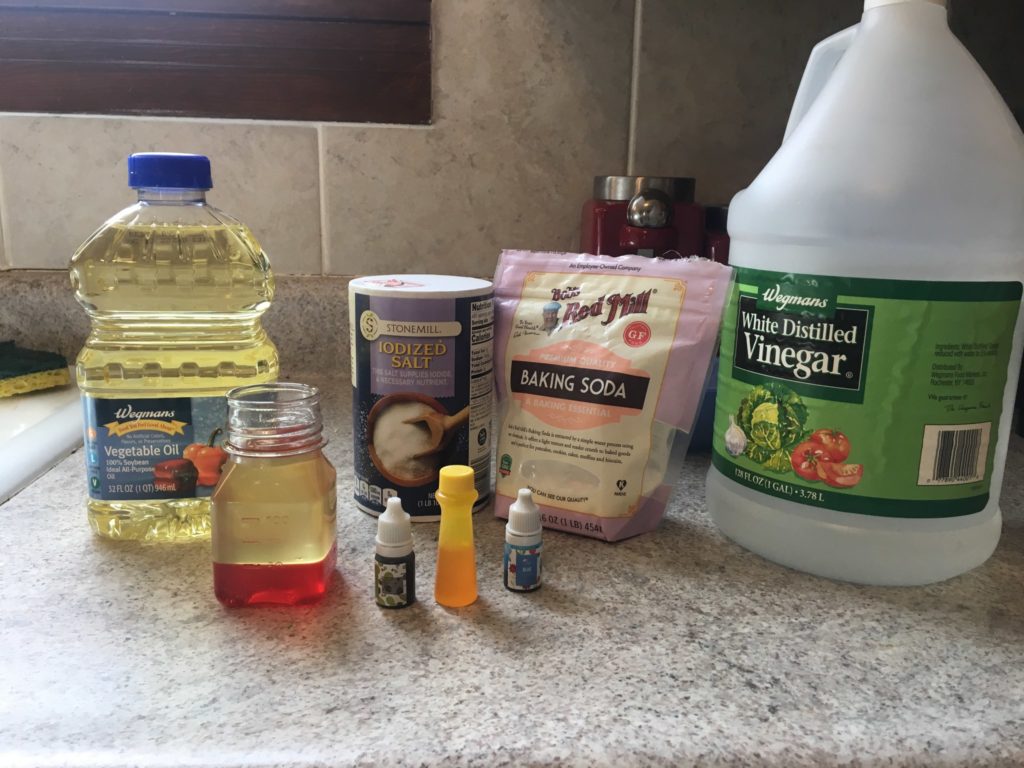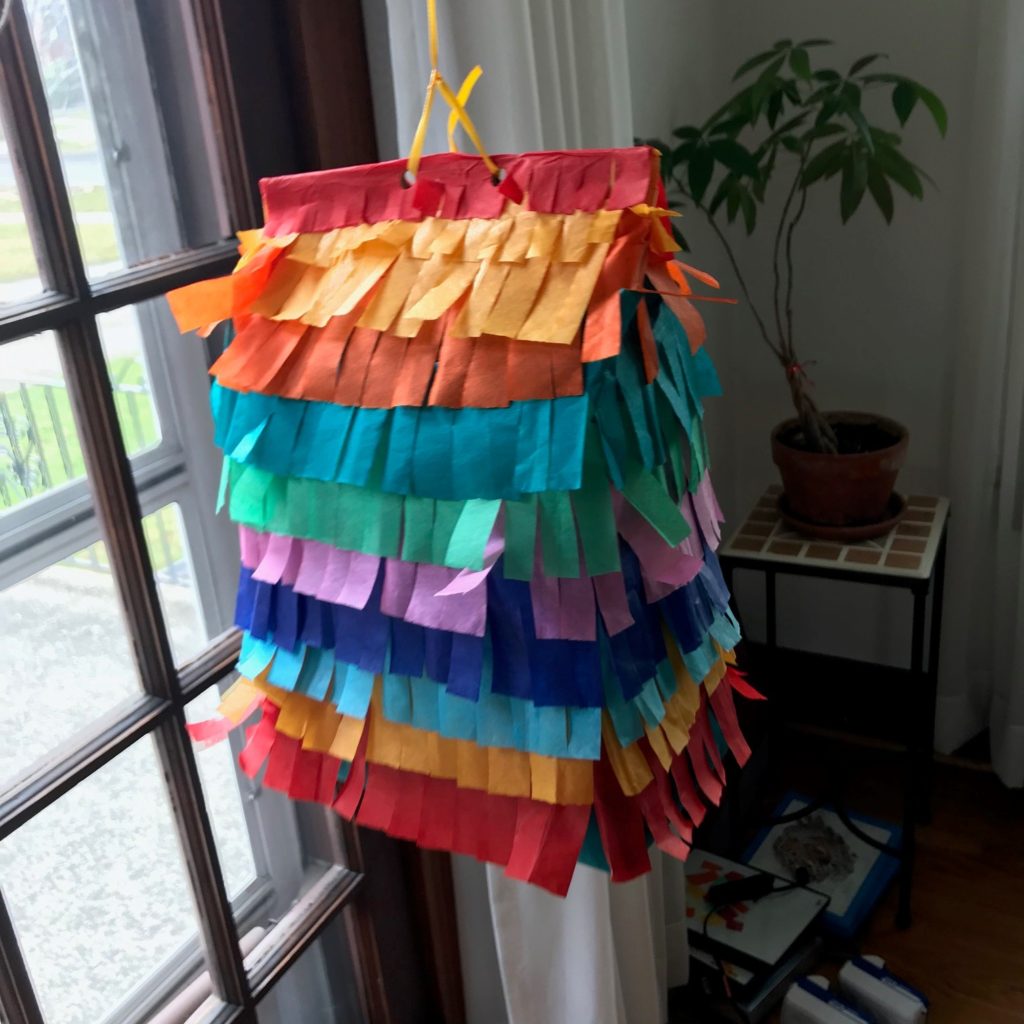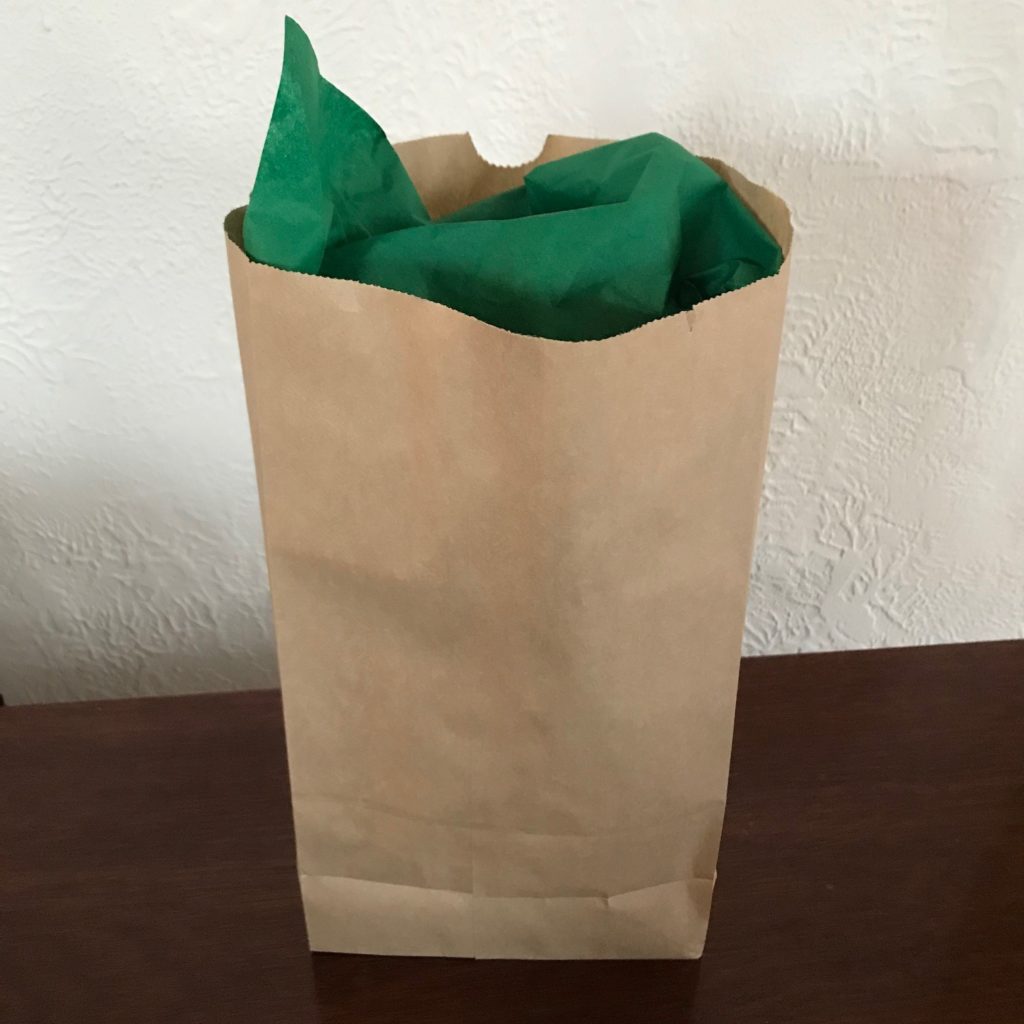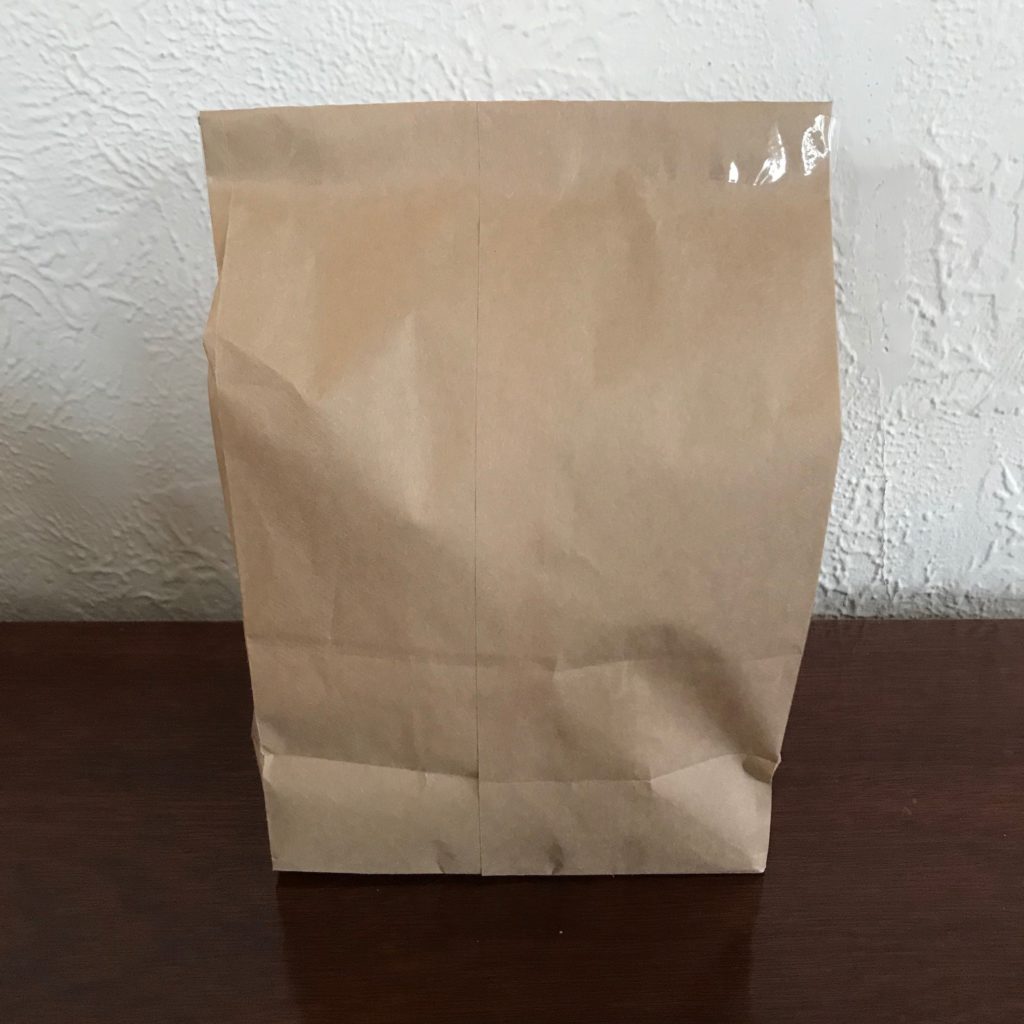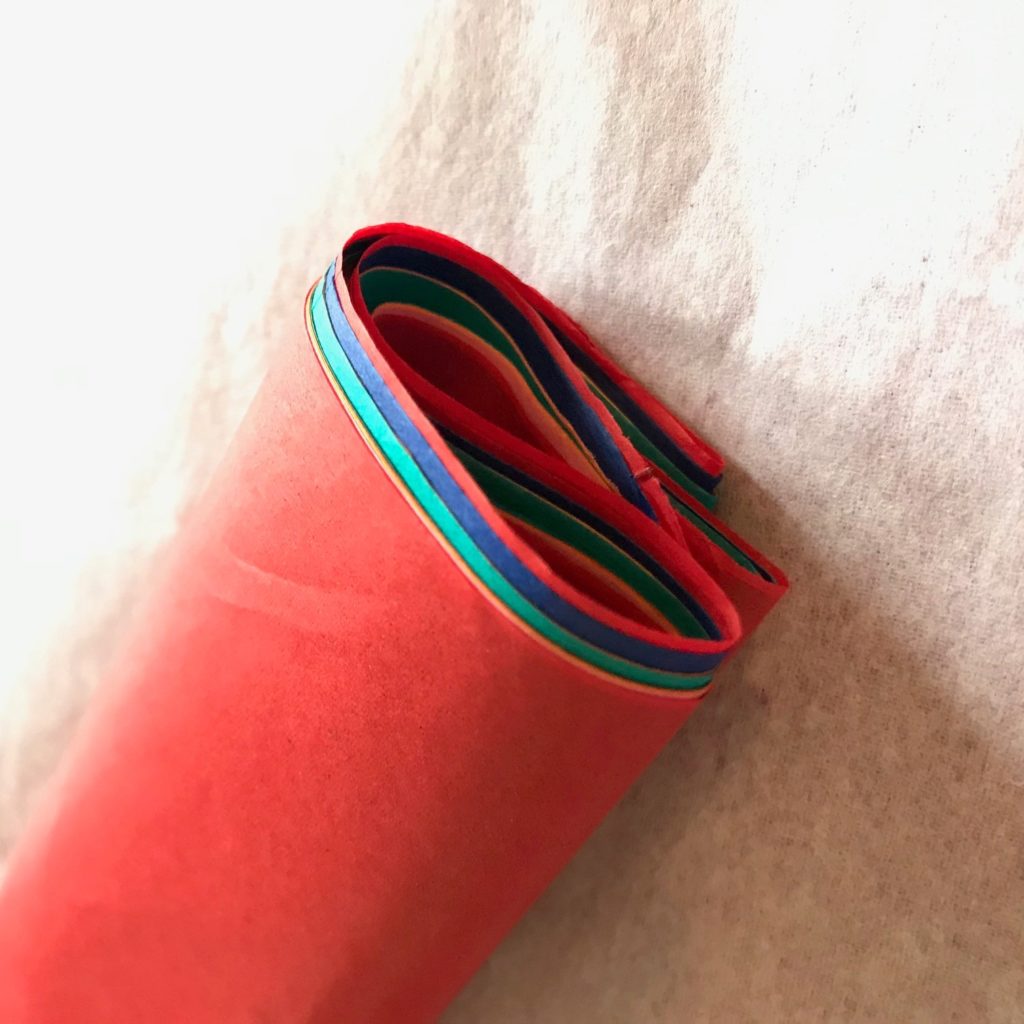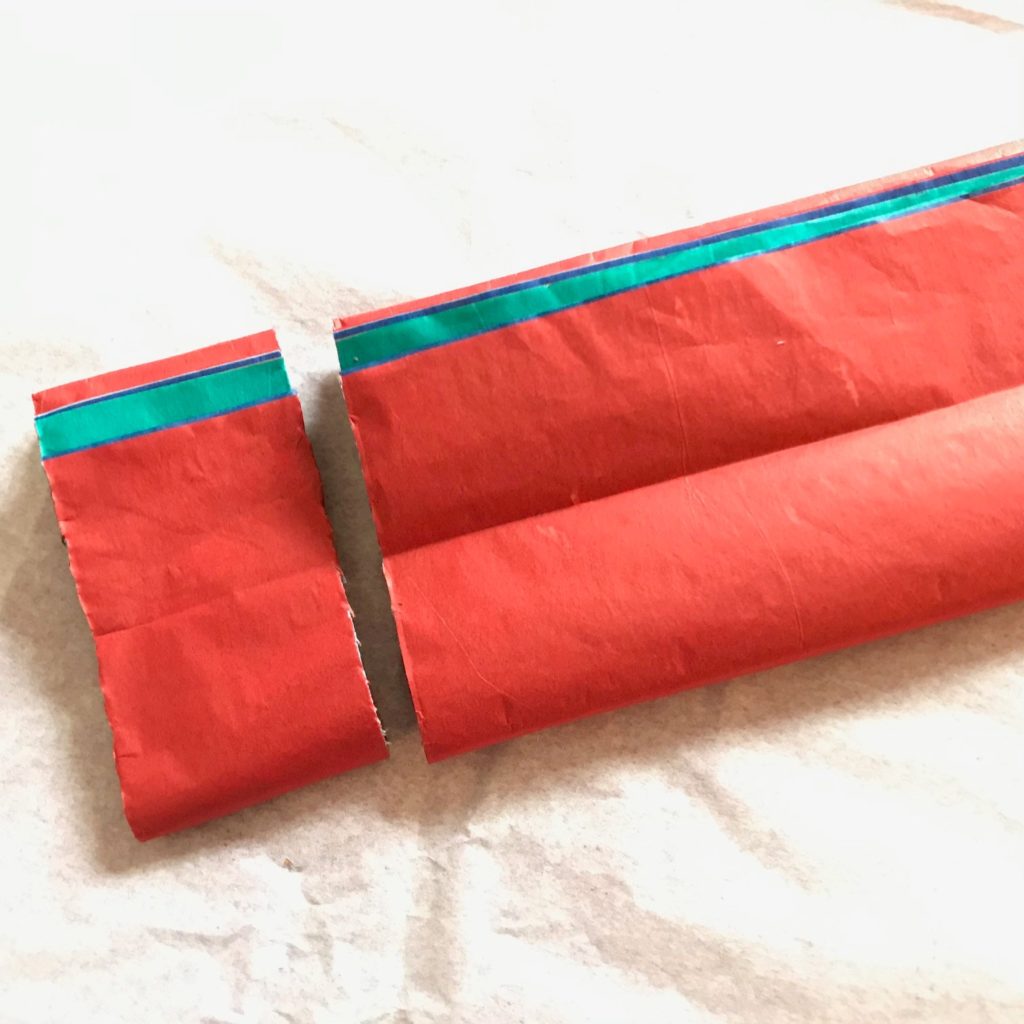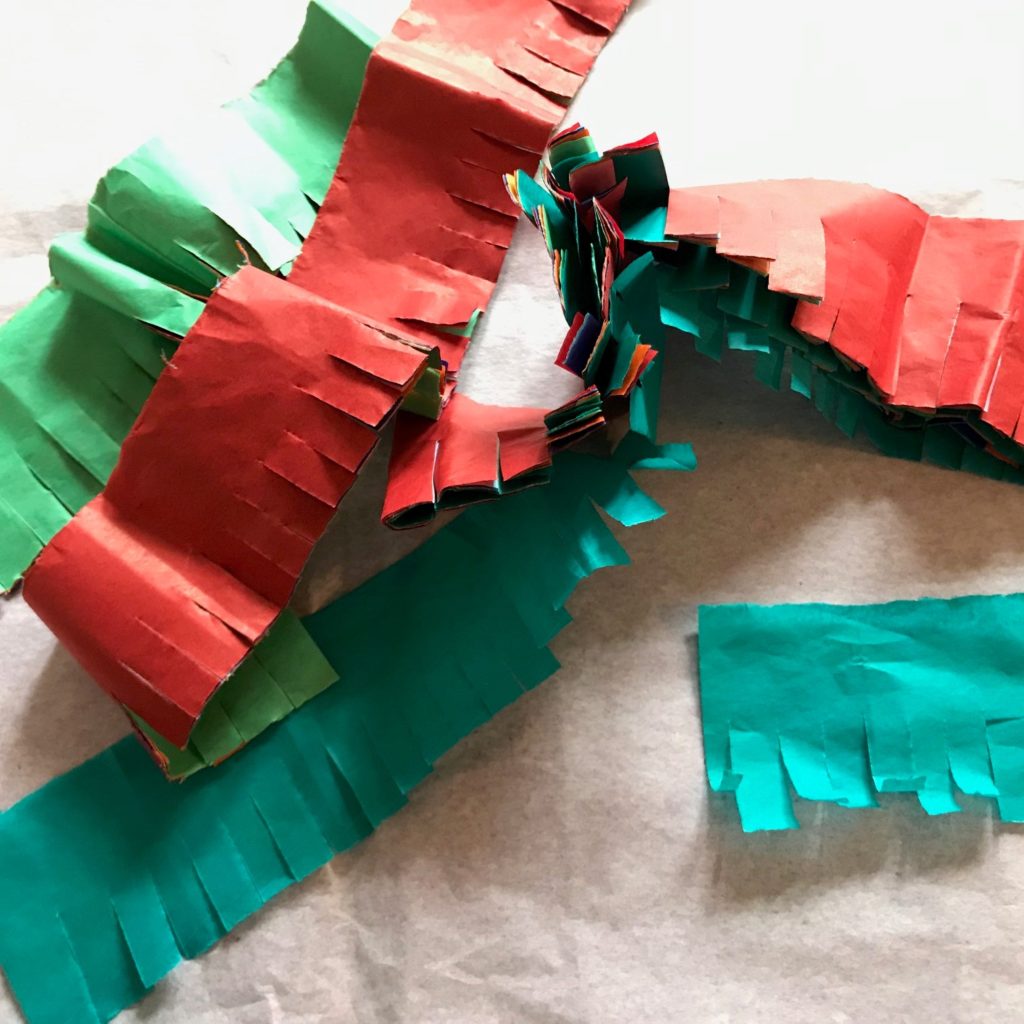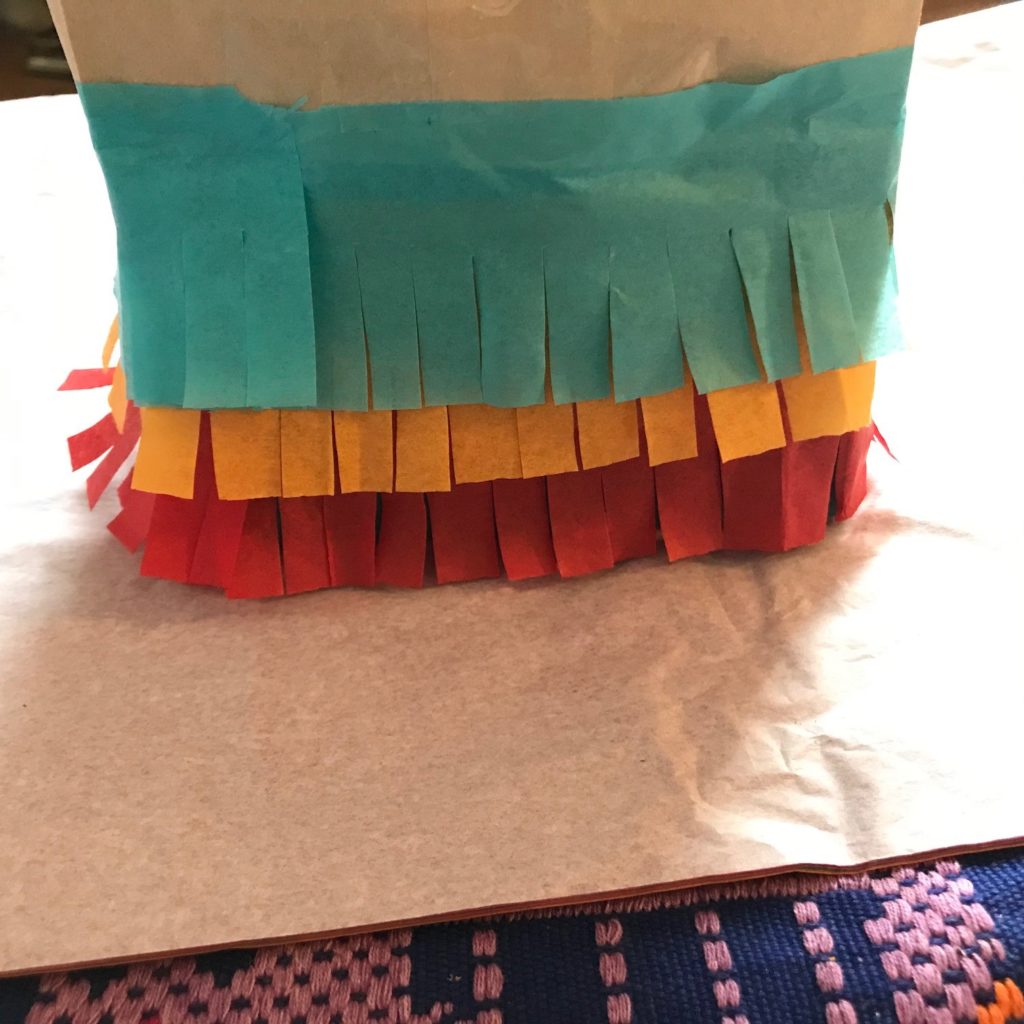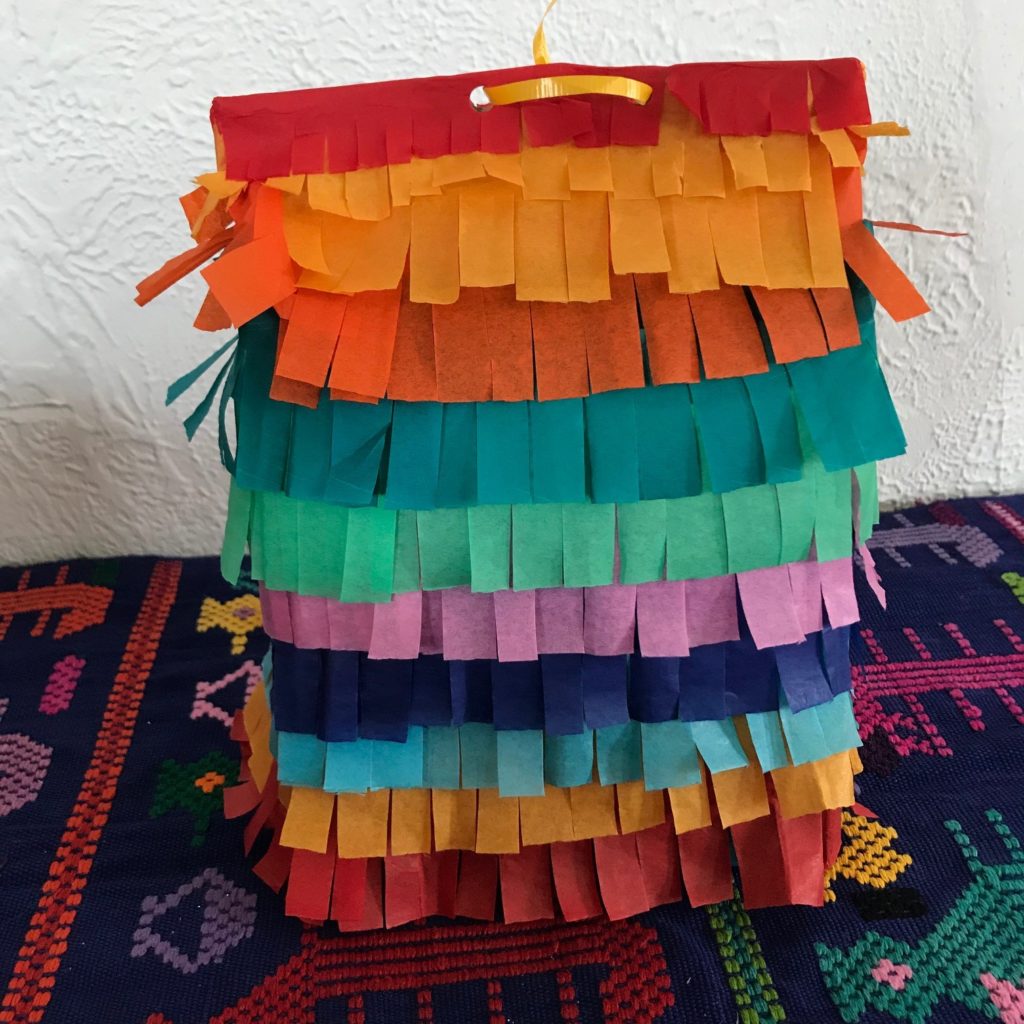supported by the peter c. cornell trust
By Julia Bozer
Cultural Program Educator
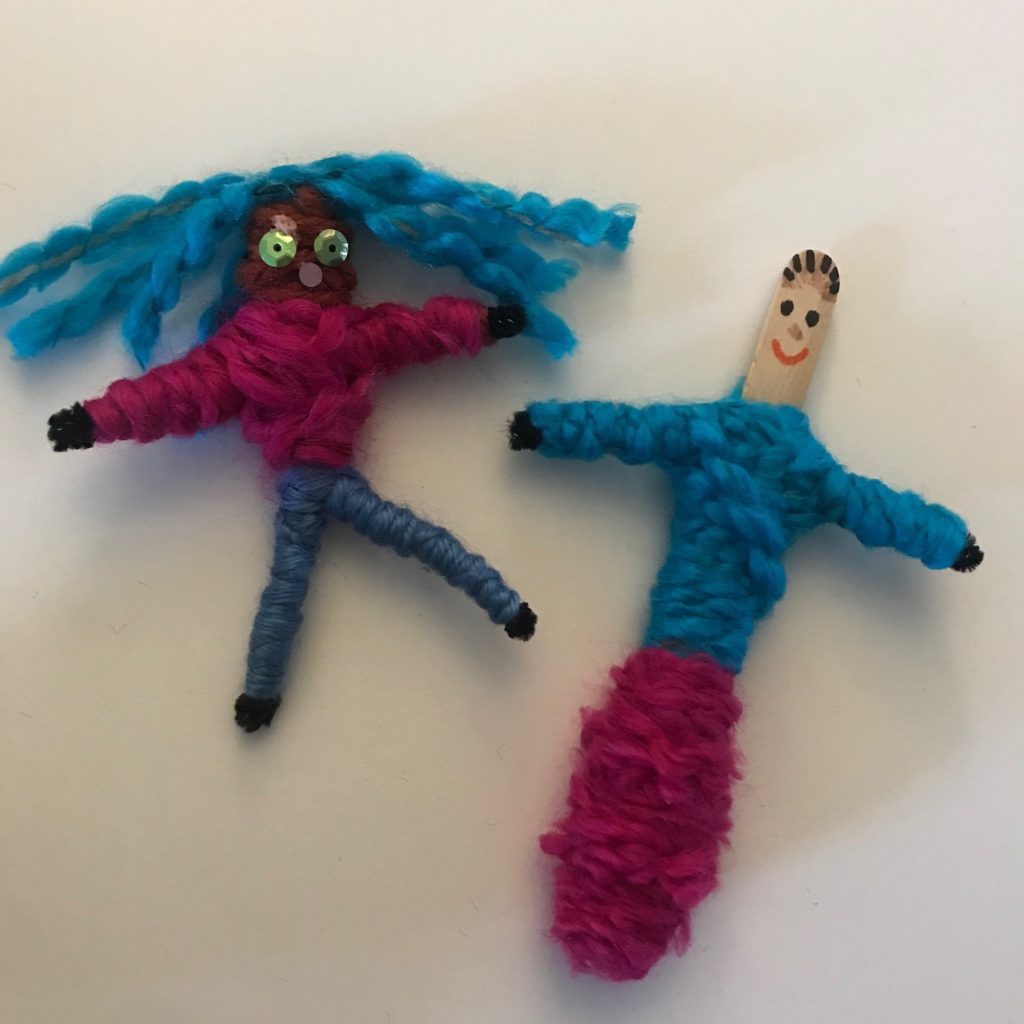
These are emotional times for children, who may be upset or confused about why we are all staying home. To help, we pulled out a soothing craft, making “worry dolls” from materials around the house.
According to one Mayan legend, the princess Ixmucane – the daughter of the sun – had a very special talent. If you told Ixmucane your troubles, she had the power to make them all disappear. Indigenous artisans in the highlands of Guatemala began making small, colorful dolls in honor of Ixmucane, which they called muñecas quitapenas. Traditionally, these “worry dolls” were made of wood, paper, wire, fabric, wool, or whatever they had on hand. As the story goes, if you whisper your fears to a worry doll before going to sleep and put it under your pillow, your problems will be gone by morning.
Worry dolls are easy to make, require few supplies, and can be customized and accessorized to fit your child’s taste. Best of all, they provide a sense of comfort in these uncertain days and might even win you some sleep!
Follow the instructions below to make your very own muñecas quitapenas at home.
Materials:
Pipe cleaners, popsicle sticks, and/or clothespins
Yarn
Glue or Mod Podge (optional)
Markers
Length:
20-25 minutes
Academic Subject(s):
Social Studies
This lesson supports your student’s 4th – 5th grade curriculum: SOC 3.4, 3.5, 3.6
This lesson supports areas of Early Childhood Development and PreK Curriculum:
PreK Standards: Approaches to learning: Creativity and Imagination, physical development (fine motor), Social Studies: History and The Arts: Visual Arts
Directions:
Step 1: Construct the doll’s frame. You can make the base of a worry doll from many different materials, just make sure the finished doll is small and flat enough to sit comfortably under a pillow.
Here are the two versions we liked best:
· Pipe cleaner: Cut a pipe cleaner in half (or use two for a much larger doll). Bend the first piece into a head/arms and the second into legs, as shown below. Hook the legs around the neck to attach, then twist once around to secure. Finally, wrap the arms around each other once to shorten. I also folded the tip of each wire over a bit to soften the pointed ends of the doll. Pipe cleaner dolls are wonderfully flexible and are easy to move around and play with once complete!
· Popsicle stick: You can just use a popsicle stick on its own, without any further appendages. We decided to add arms by wrapping a piece of pipe cleaner once around the middle.
Step 2: “Dress” your doll. Tie a long piece of yarn around the middle of the doll, leaving about a half inch at the end. Fold this loose end over and catch it under the rest of the yarn as you work, to keep it in place. Wrap the yarn around your doll, weaving over and under any limbs, until it is covered to your satisfaction. You can switch in different colors of yarn by tying them onto the original piece, making sure to tuck any loose ends under, as before. We added a bit of Mod Podge as we went along to secure the yarn – especially on the popsicle stick – but this is not always necessary. When finished, tie the yarn off, and add a dab of glue to hold if desired.
Step 3: Accessorize! You can tie or glue bits of scrap fabric, sequins, or beads to the worry doll’s clothing or even glue a tuft of yarn to the top of its head to create hair. Draw on a simple face with markers (you can use a permanent marker directly on the yarn) or glue on an expression with sequins.
Step 4: Let the doll work its magic. Give your dolls names (ours were, predictably, “Anna” and “Elsa”). At bedtime, encourage children to tell their muñeca about anything that might be bothering them, then place the doll under their pillow just before you tuck them in. For extra effect, once your child is asleep, sneak in and remove the doll, placing it on a nearby nightstand or dresser to show that it has done its job and whisked all their troubles away.
Did you try this craft? Tell us your story; we’d love to hear from you!
Related key words in Spanish:
· Muñeca (moon-YEH-kah) – Doll
· Ropa (RO-pah)– Clothing
· Cara (KAH-rah) – Face
· Almohada (al-mo-AH-dah) – Pillow
· Dormir (dor-MEER) – To sleep
· Triste (TREE-steh) – Sad
· Feliz (feh-LEASE) — Happy
Keep playing:
If the worry doll catches on in your household, as it has in mine, you can keep the game going! Find or make a special home for your muñecas to live in – ours ended up in an old shoebox that we fixed up and decorated for the occasion.

